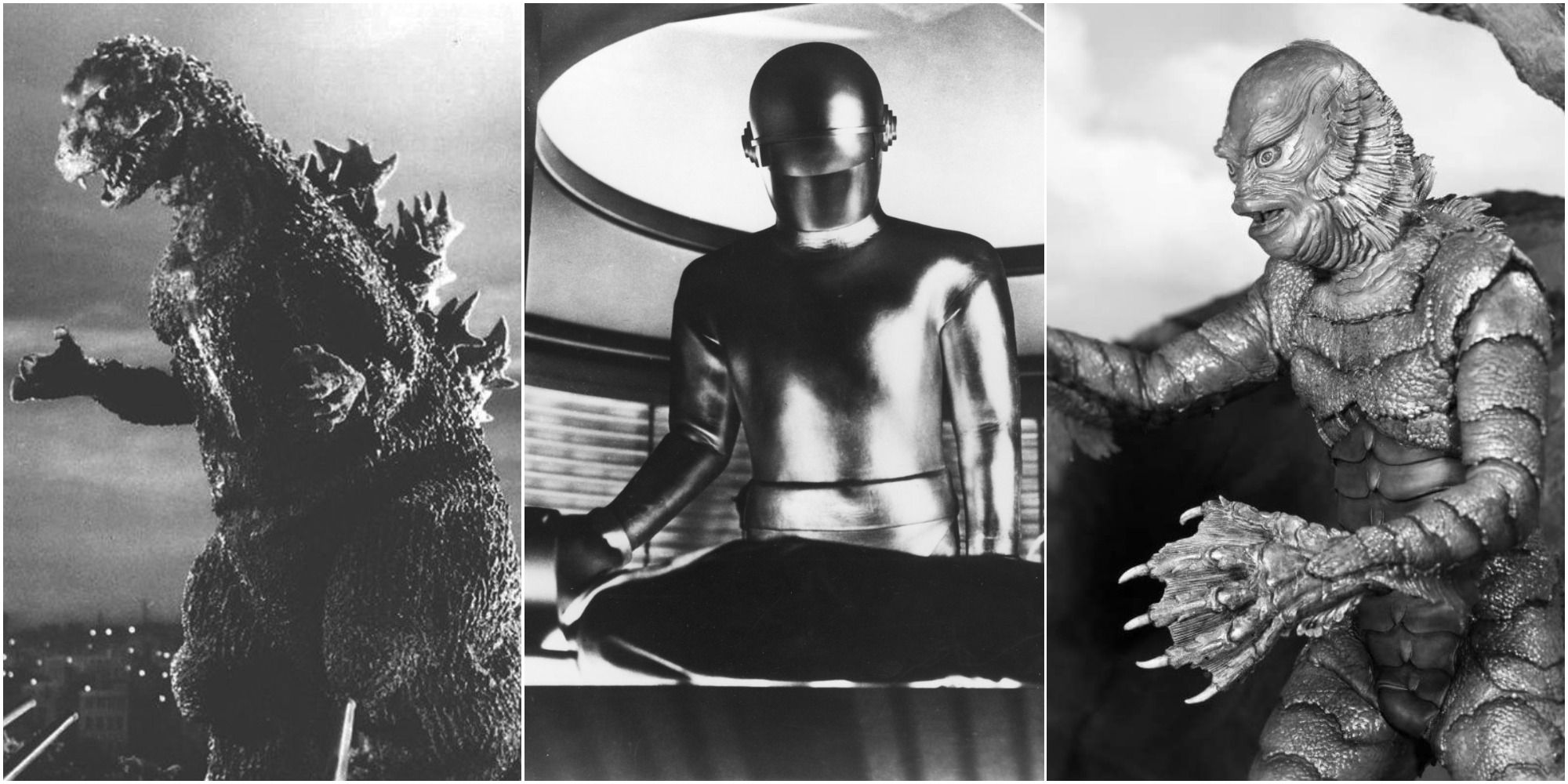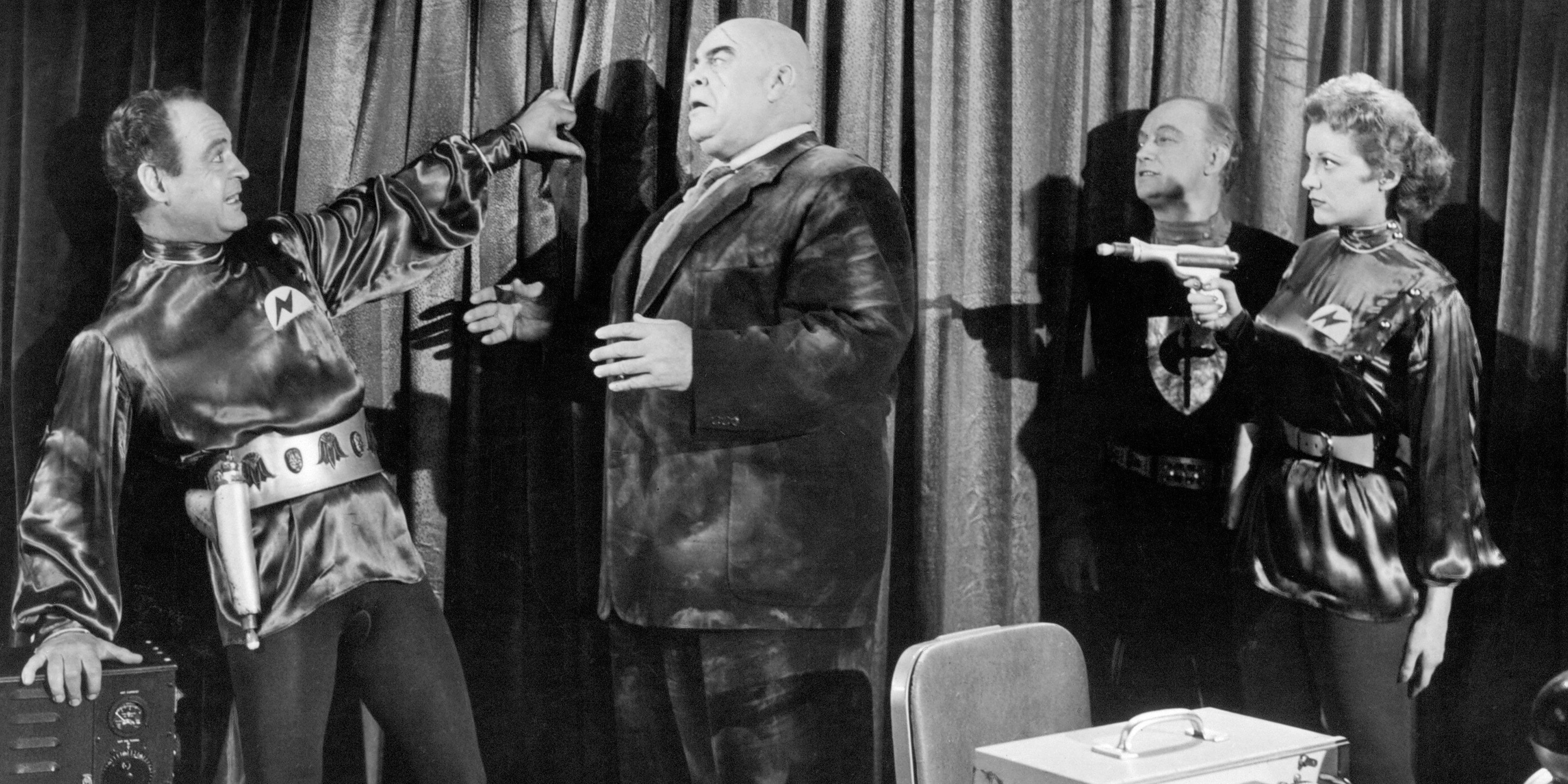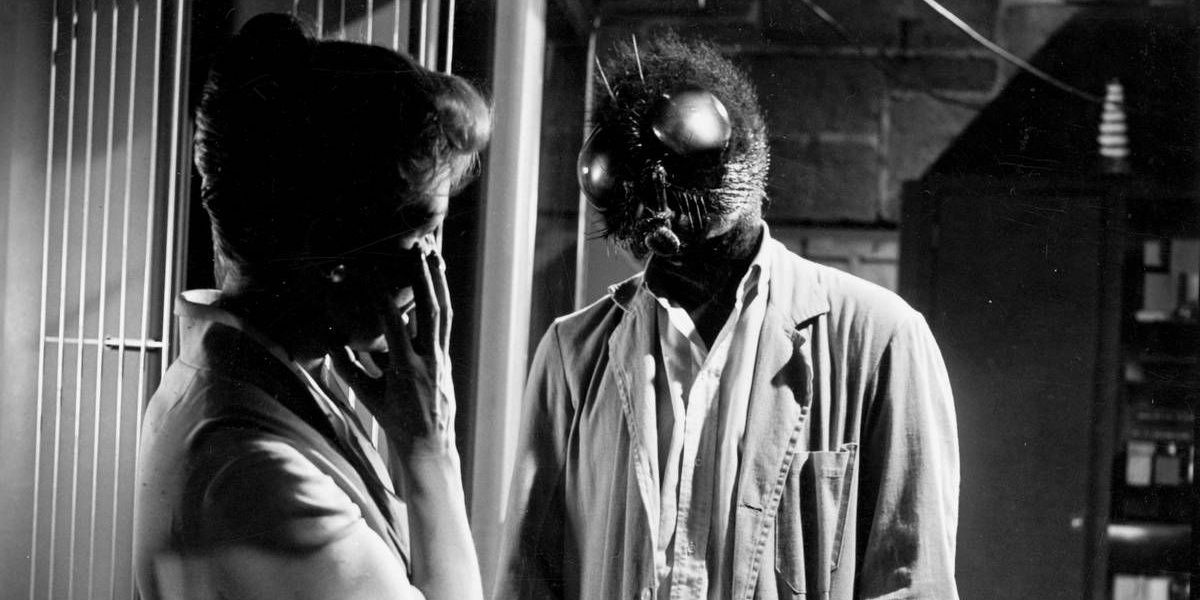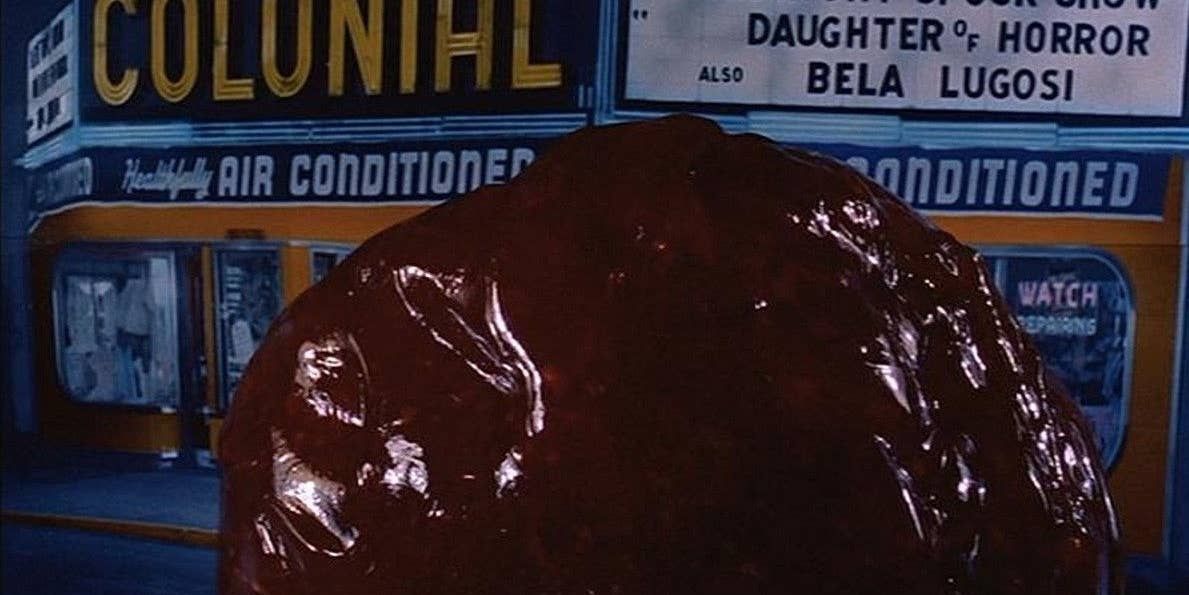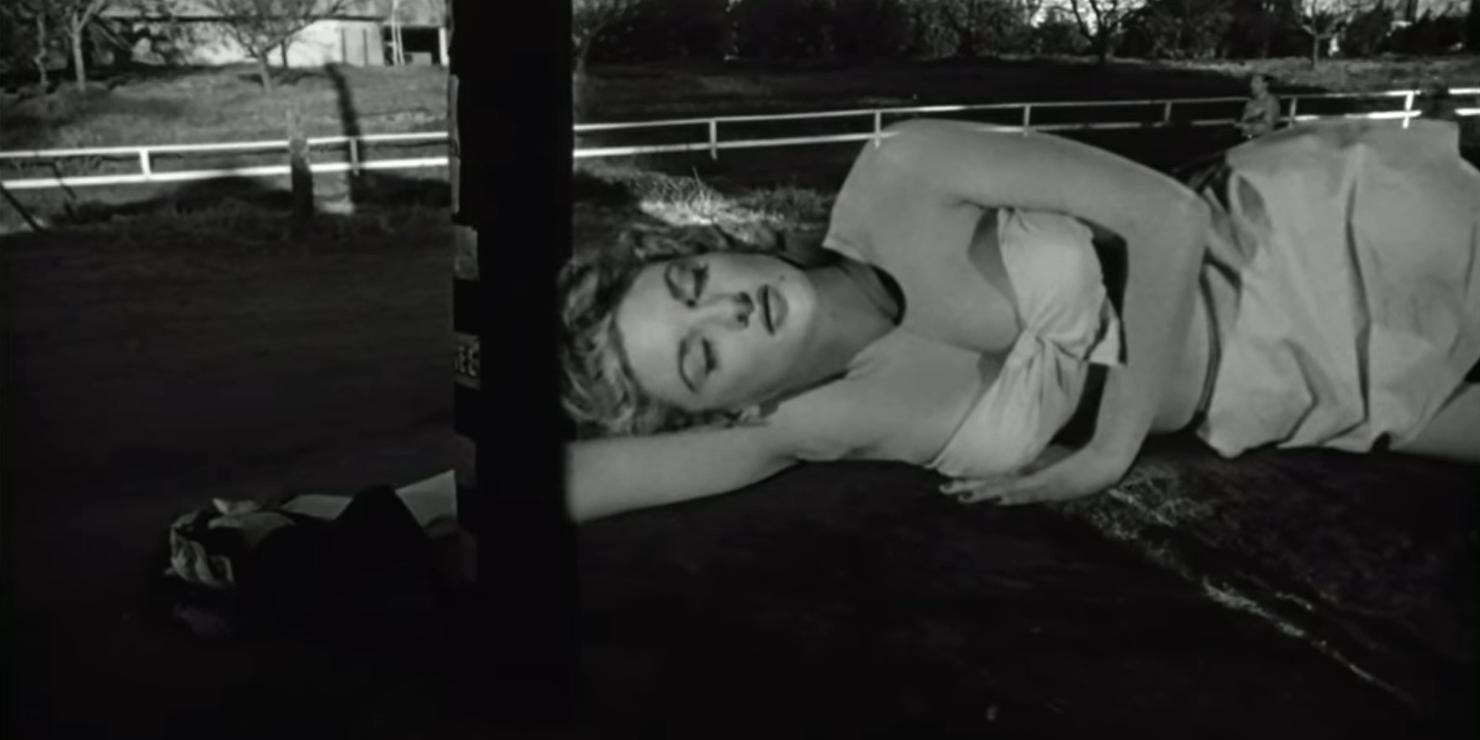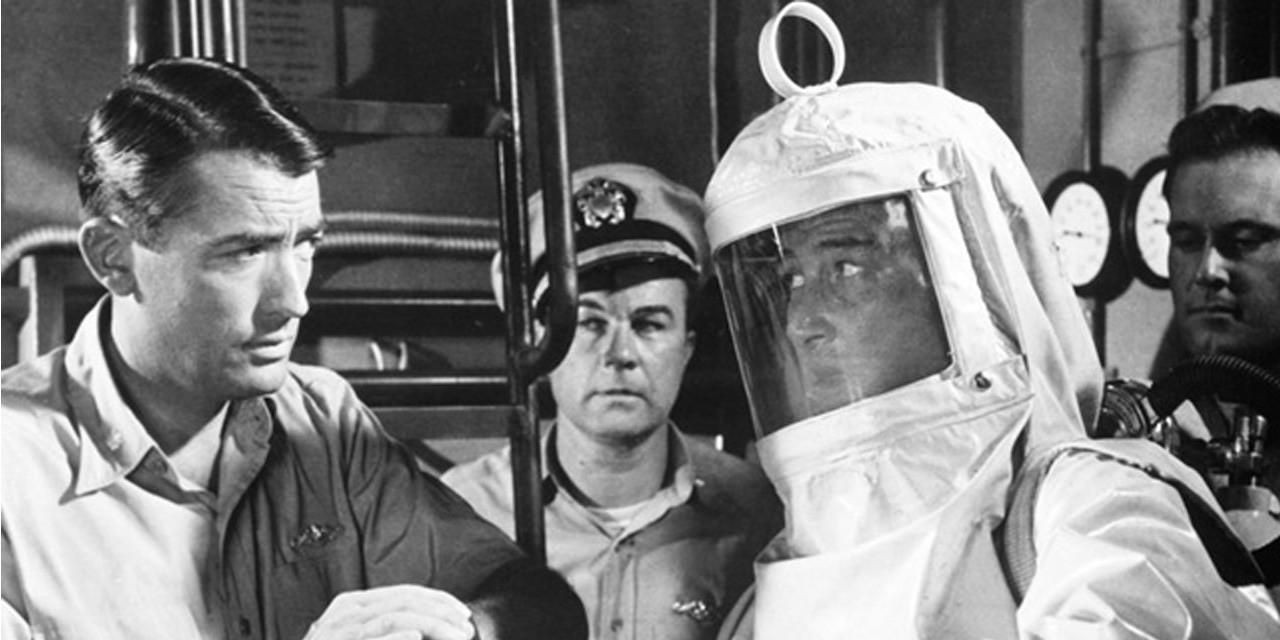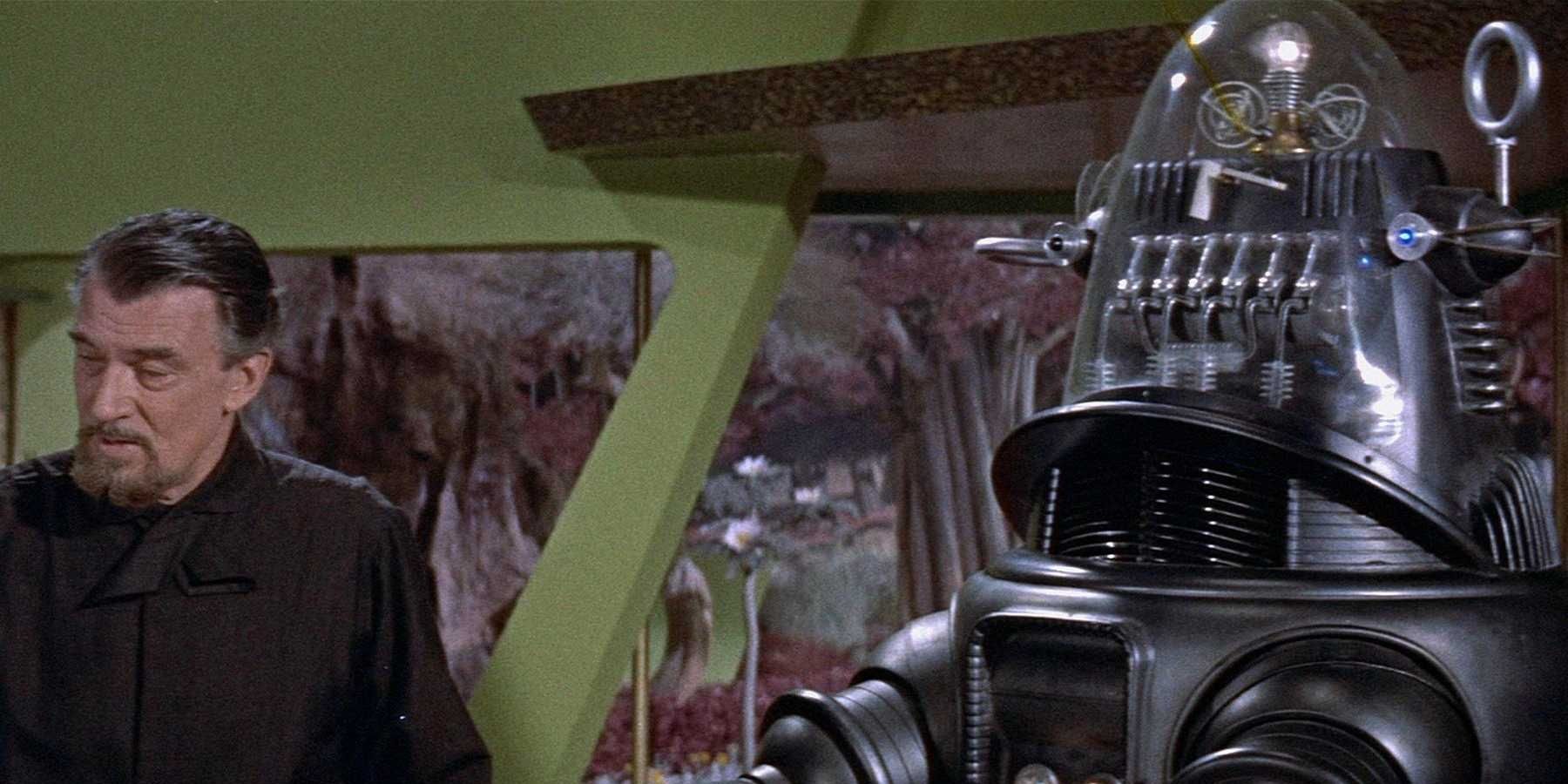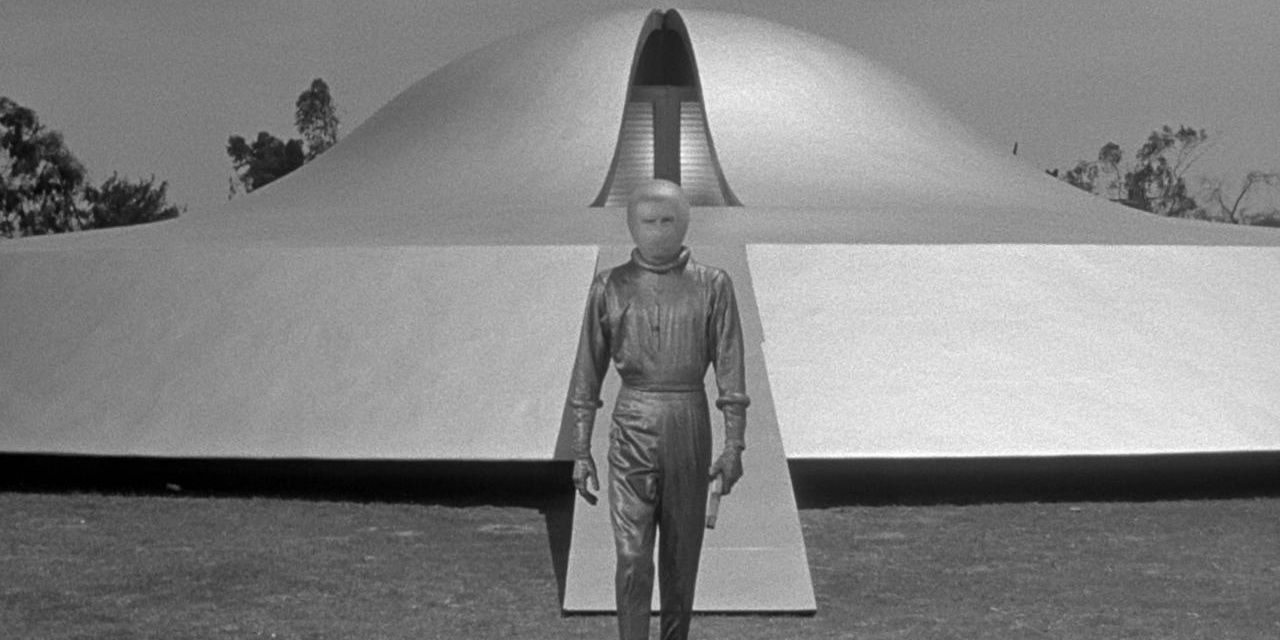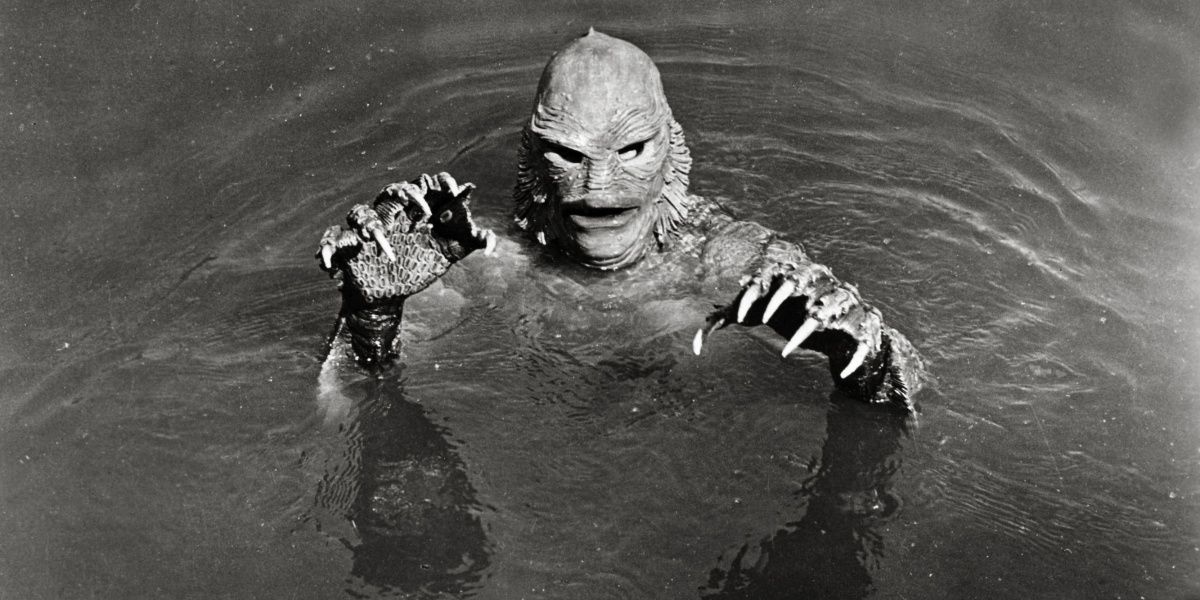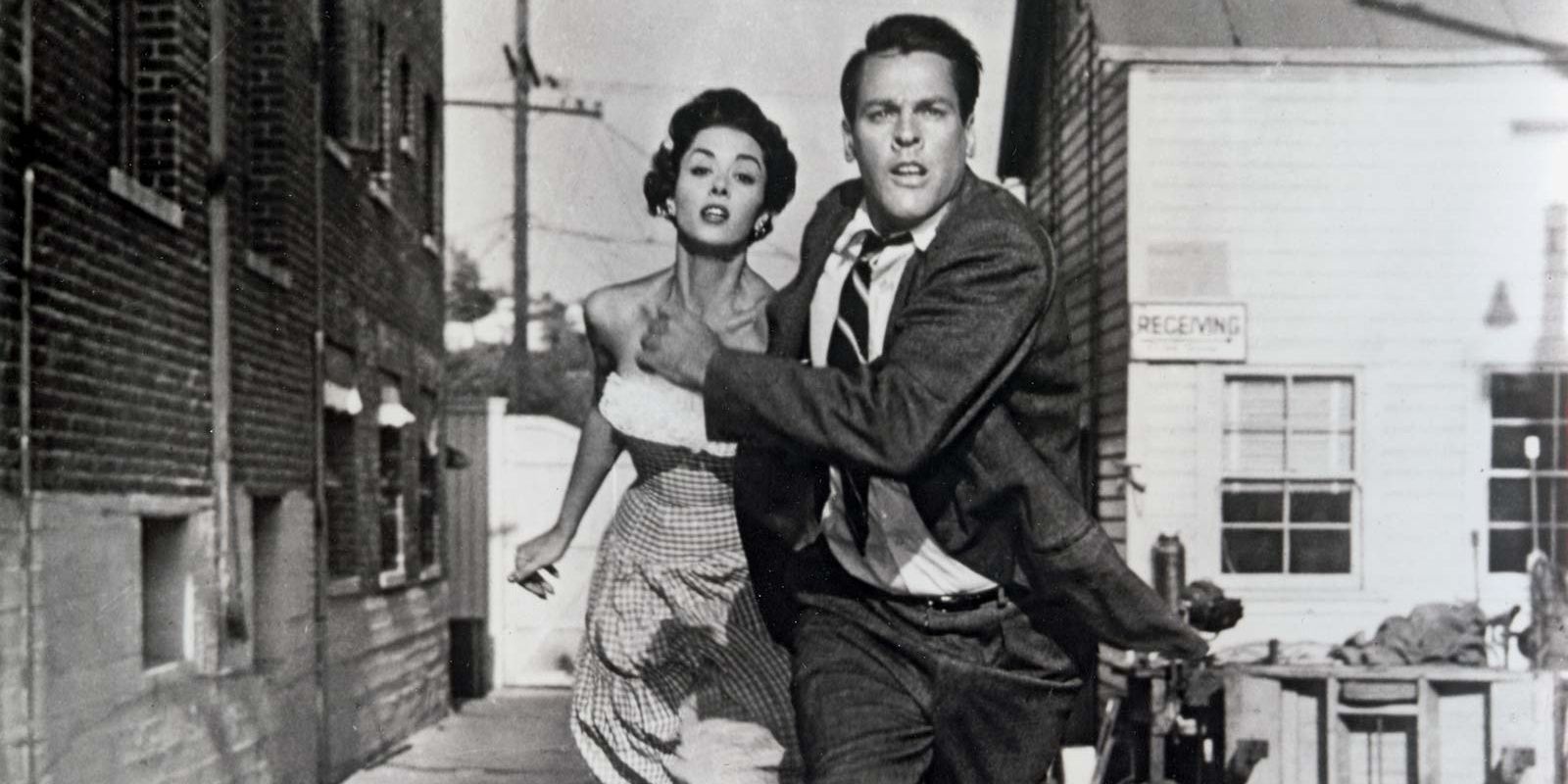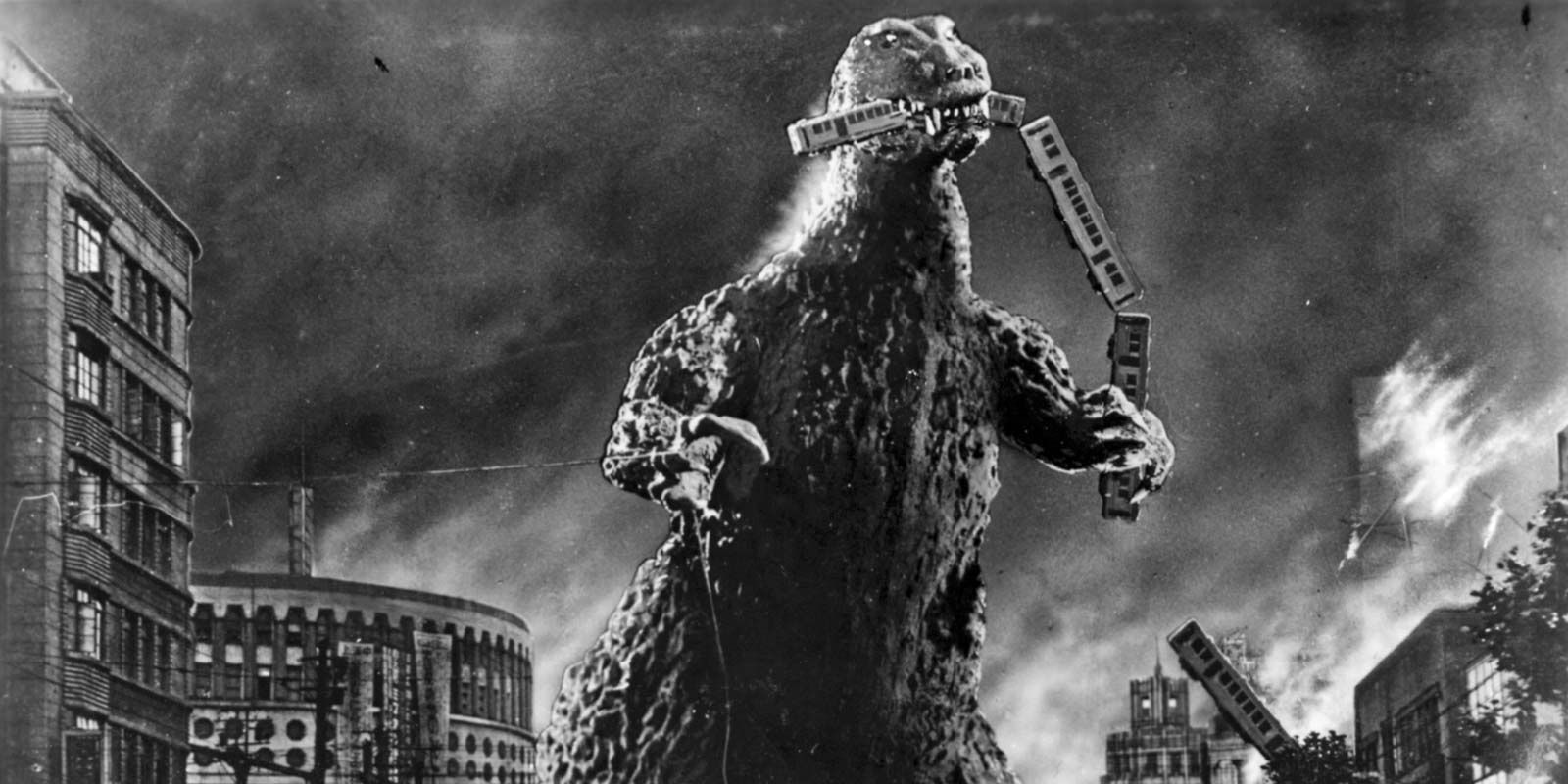The 1950s were an iconic time for sci-fi media, particularly movies. It was around this time that films started addressing anxieties related to Cold War tensions and the threat of nuclear war. As such, this decade is an iconic time for monsters created from nuclear waste and aliens hiding amongst humanity, creating paranoia. These tropes have become iconic over time, influencing sci-fi cinema for decades to come.
While some moviegoers may think of '50s sci-fi as being cheap or over-the-top in comparison to modern big-budget sci-fi franchises, these classic films hold up and then some. Not only that, but they also offer concepts and thrills that were way ahead of their time, influencing the sci-fi genre and sometimes culture more broadly. This era of sci-fi filmmaking helped set the stage for hundreds of other films to follow in their footsteps.
Plan 9 From Outer Space (1959)
Often remembered as one of the worst films of all time, Ed Wood's sci-fi horror anti-masterpiece follows a plot by alien invaders to use the undead to prevent humanity from building a doomsday device. The poor special effects and many apparent production mistakes in the final film have baffled and fascinated viewers for years.
While this film wasn't ahead of its time in terms of advancing the genre of sci-fi itself, it is a movie that is fondly remembered as one of the first "so-bad-it's-good" movies in the bad cinema canon. Now, those kinds of movies seem to crop up once every few years, but Plan 9 From Outer Space remains one of the most fondly remembered.
The Fly (1958)
While it has been somewhat eclipsed in the public eye by its 1986 remake, the 1958 film The Fly still stands as one of the most disturbing combinations of sci-fi and horror of all time. In this science-experiment-gone-wrong tale, a scientist creating a teleportation device tests it on himself and accidentally fuses himself with a fly in the process.
The unsettling special effects used to transform actor Al Hedison's head and arm into those of a fly are a little less convincing to today's audiences. Nonetheless, they are an eerie landmark in iconic horror imagery and sci-fi special effects that have inspired filmmakers and moviegoers for years.
The Blob (1958)
The Blob stands out from other sci-fi films of the decade as one of the few whose most campy elements still come to the forefront. While many other films, like The Fly and The Day The Earth Stood Still have been remade to be more serious, it's the sheer ridiculousness of The Blob that marks its influence years later.
The story of an amorphous, gooey entity from outer space that terrorizes a community in Pennsylvania, The Blob's funky concept and use of slimy special effects have made an impact on sci-fi in the form of remakes like the 1988 film of the same name and references like the character B.O.B. in Monsters Vs. Aliens.
Attack Of The 50-Foot Woman (1958)
Films about people growing and shrinking were a staple of 1950s sci-fi cinema, one that would go on to inspire many other movies, like Honey, I Shrunk The Kids and Monsters Vs. Aliens. Attack Of The 50-Foot Woman, however, stands out by placing a woman in the central role, which may be the reason it is the most-remembered of the subgenre.
The fact that the "monster" of this movie is simply a human woman whose life has been upended by both a sudden change in size and a cheating husband also feels particularly attuned to modern tastes. Today's audiences tend to want more multilayered villains and sometimes "villains" that are actually heroes, and Attack Of The 50-Foor Woman delivers.
On The Beach (1959)
Although it doesn't have the iconic monsters and aliens of many influential sci-fi films of the 1950s, On The Beach is a very clear influence on the genre. The film follows a group of survivors trying to live in a post-apocalyptic world created by World War III in which the entire Northern Hemisphere has been rendered uninhabitable.
Today, many sci-fi films, especially independent features, are not as concerned with the bombast of fights with aliens or monsters, but with the human toll of scientific advancement. On The Beach's dramatic focus on its characters and how the war has impacted them certainly fits among modern, character-driven films like Ex Machina and Looper.
Forbidden Planet (1956)
Although Forbidden Planet itself may not be well-known to modern audiences, most moviegoers today are probably familiar with its influential imagery. The film follows a group of humans traveling to a distant planet to investigate the fate of another human mission that went missing there.
The most enduring element of the film was perhaps Robby the Robot, a relatively complex robot design ahead of its time. Today, movies about travel to other planets and otherworldly robot characters are more common, with Star Trek being the most obvious follower of Forbidden Planet's style and plot.
The Day The Earth Stood Still (1951)
This classic film follows an alien visitor to Earth named Klaatu and his robot companion Gort as they are sent to warn humanity about the consequences of their development of nuclear power and weaponry. The Day The Earth Stood Still is mostly remembered today for the iconic alien Gort and the oft-referenced phrase "Klaatu barada nikto."
What's so enduring about the film, though, is the activism inherent in its themes. This movie, much like Klaatu's message to the people, is a warning about how humanity can be its own downfall. With increasing concerns for the future of the Earth today, sci-fi films continue to tackle these issues head-on, following in Klaatu's footsteps.
Creature From The Black Lagoon (1954)
The Gill-Man of Creature From The Black Lagoon is one of the most enduring cinematic monsters in film history. However, what makes this movie so ahead of its time is the fact that the monster comes off sympathetically to many audiences, as a creature whose home is intruded upon by humans.
Not only does the Gill-Man's influence spread across a number of movies and other media forms to this day, but his presence as both a victim and a villain brings to mind the murky morality of '70s Hollywood or even modern movies that tread similar ground.
Invasion Of The Body Snatchers (1956)
The paranoia of not knowing whether somebody you think you know could be a deadly alien trying to assimilate you has become a tried and true trope in sci-fi, even leaping seamlessly into sci-fi comedy like episodes of Futurama and Phineas And Ferb. All of this can be traced back to the success of Invasion Of The Body Snatchers.
Nowadays, every major release seems to impact the culture surrounding it in some way, thanks to the Internet. Pre-Internet, though, this movie inspired the widespread use of the phrase "pod people," while also creating what would become an enduring piece of paranoia that thrillers today still look to for inspiration.
Godzilla (1954)
No other sci-fi film from the 1950s has had quite the same cultural reach as Godzilla. The title lizard has appeared in dozens of films, mostly Japanese, and 2021's Godzilla Vs. Kong is to be the latest American entry in the character's lengthy history. Further, Godzilla is one of the most famous giant monsters of all time, becoming the face of the ever-popular kaiju genre.
While the use of Godzilla as a symbol for nuclear war and its consequences has faded over the years, he still stands tall as a major influence on the film industry and other media ventures, even outside of his own still-growing franchise.

